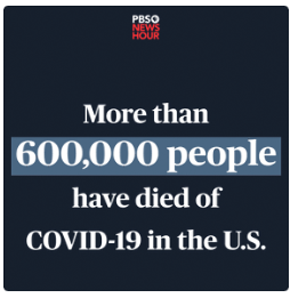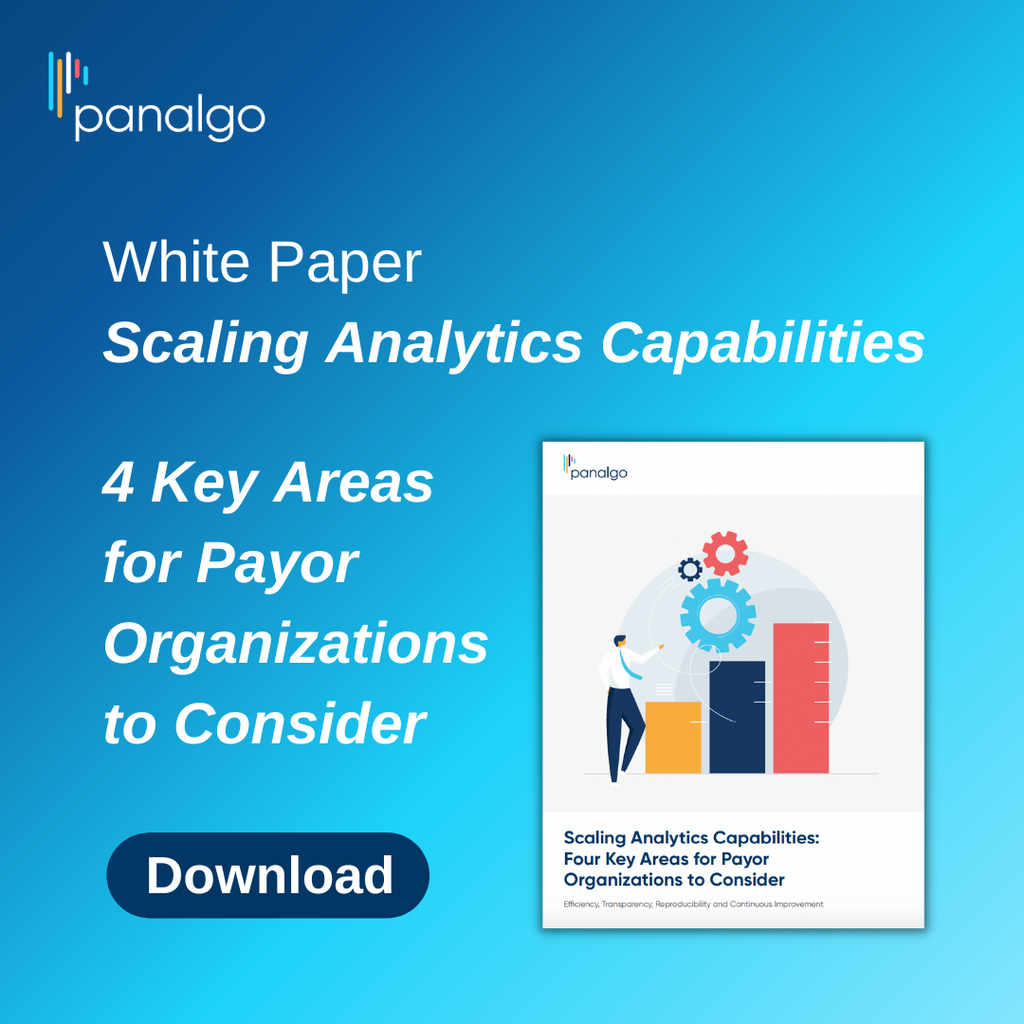Medicare Advantage’s Two-Sided Risk Model Associated With Reduced Acute Care Use
-
Apr 07, 2022
Value-based payment models can significantly lower acute care usage among Medicare beneficiaries, suggested a study of nearly 500,000 Medicare Advantage members published last month in JAMA Network Open. The study, which analyzed data collected between December 2017 and January 2019, was led and reviewed by the Humana Healthcare Research Human Subject Protection Office. (Humana is the second-largest MA insurer in the U.S). MA beneficiaries participating in two-sided risk models had lower rates of hospitalizations, observation stays and emergency department visits compared with fee-for-service (FFS) Medicare enrollees. This effect was particularly striking in avoidable acute care use — the two-sided risk model was associated with a 15.6% reduction in avoidable hospitalizations. Researchers noted a lack of significant differences between FFS and upside-only risk models, which “suggests that downside financial risk may play a key role in effective value-based payment arrangements.” Read more© 2025 MMIT










